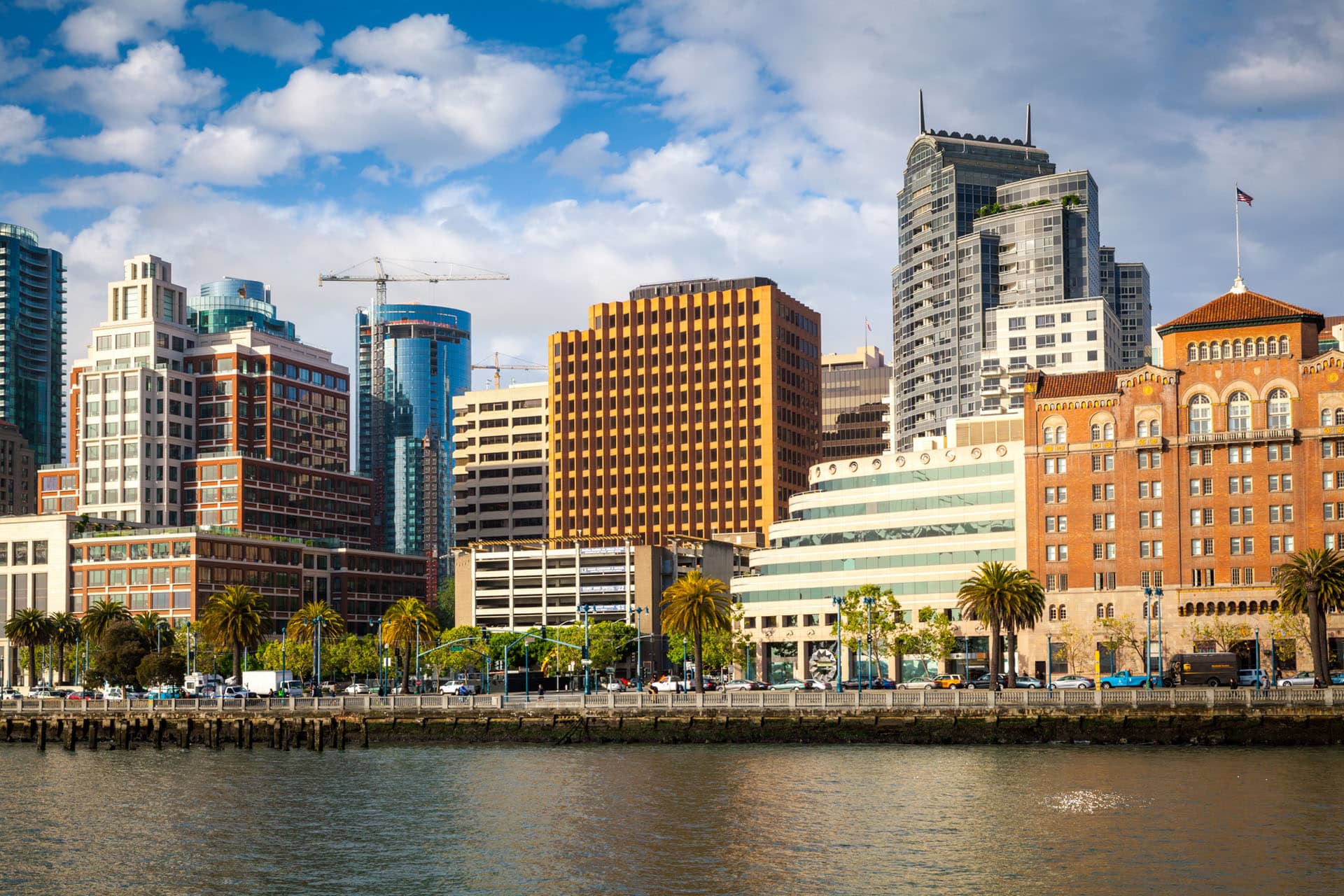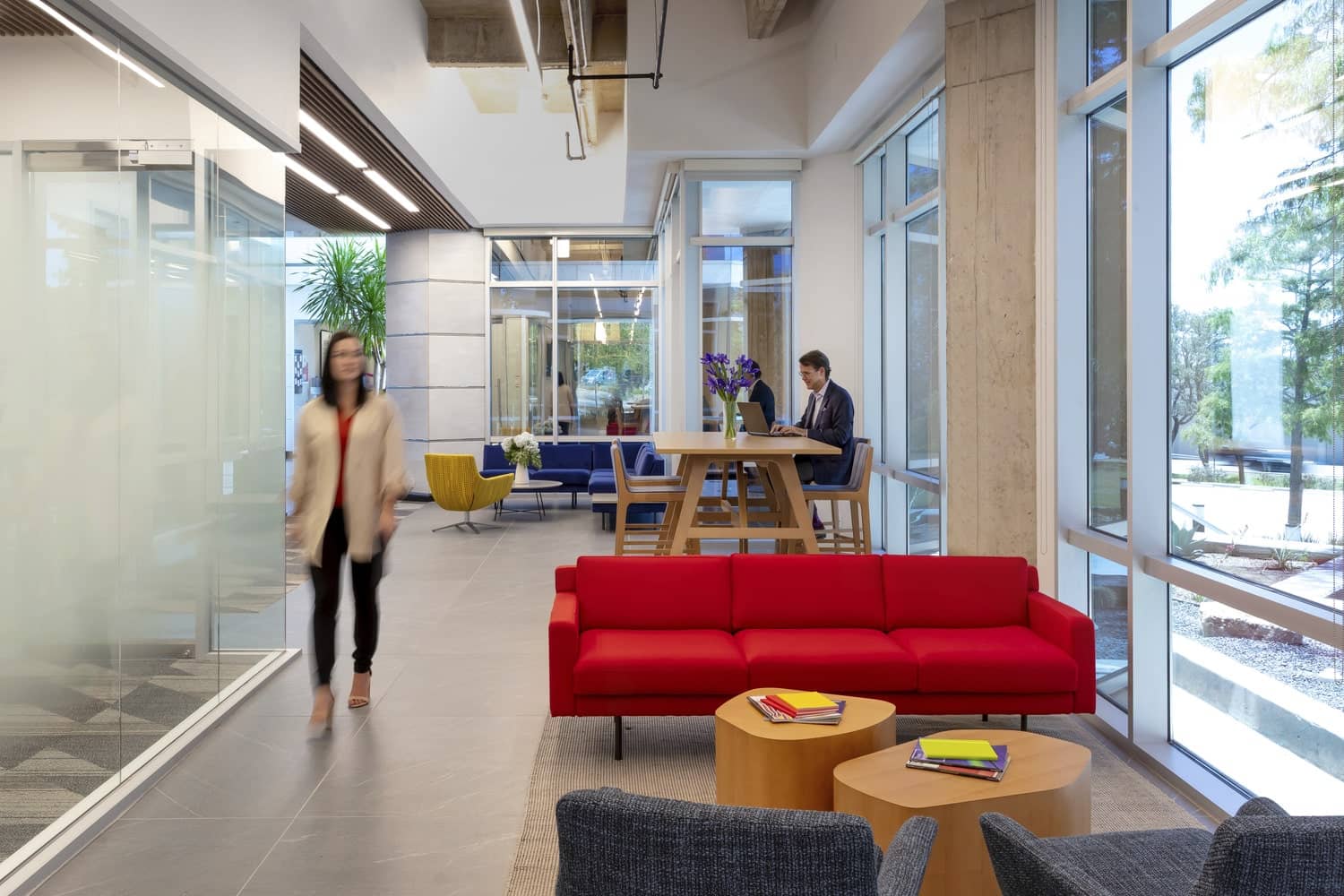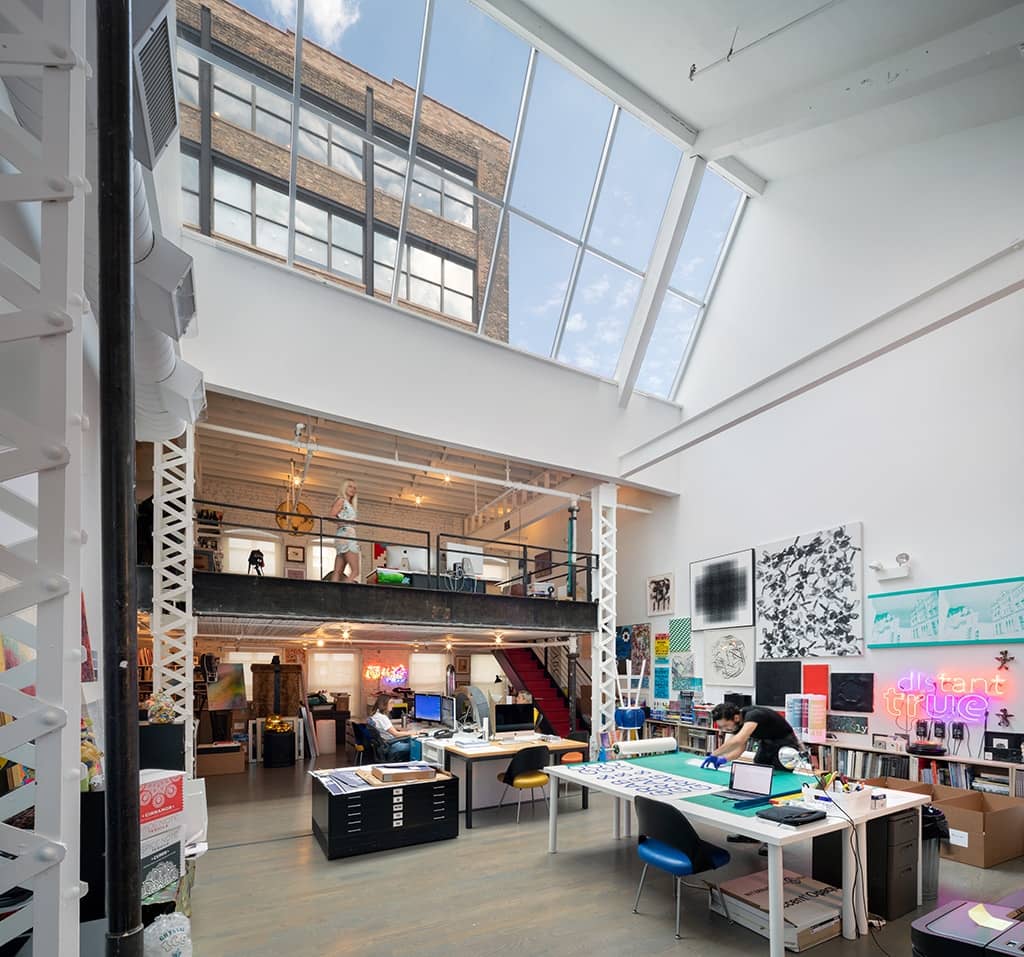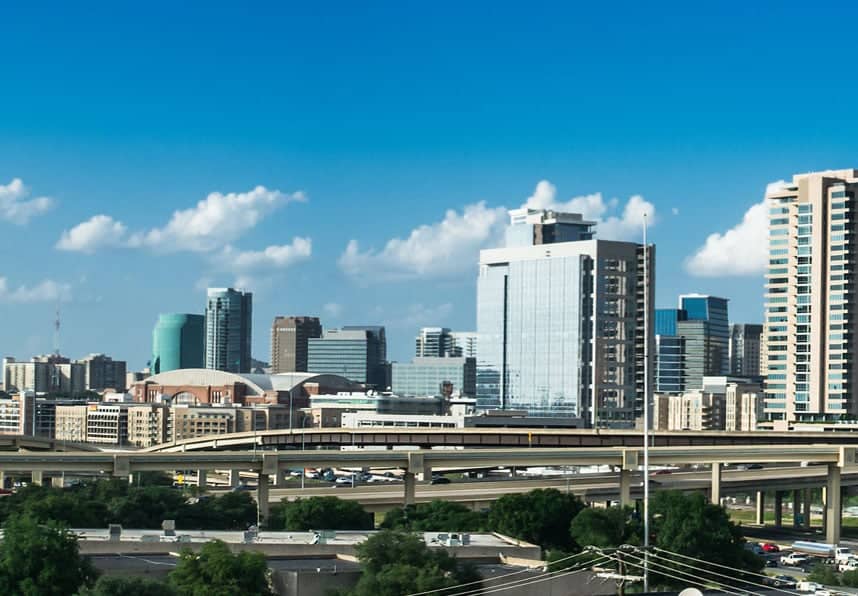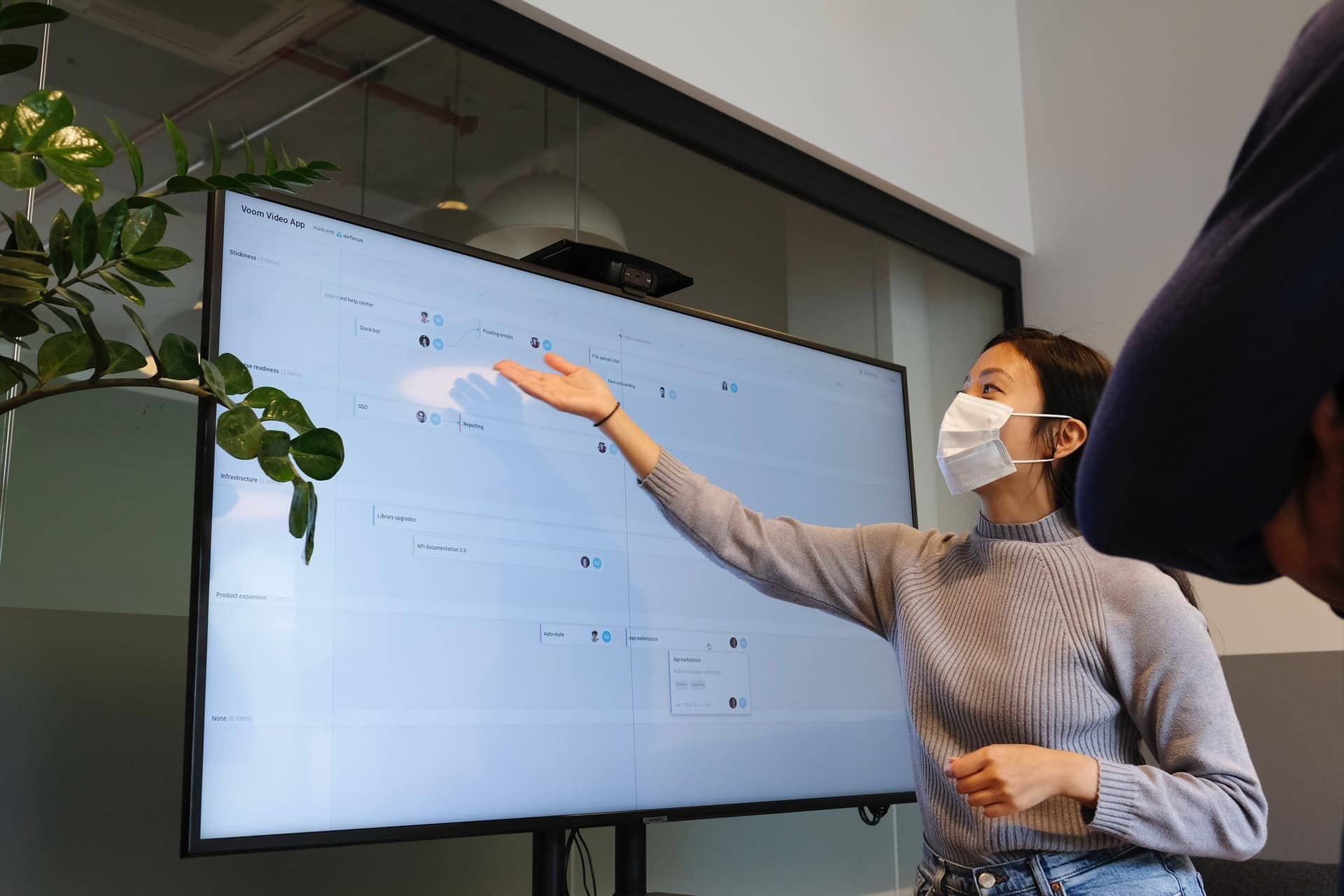“Corporate executives around the country are wrestling with how to reopen offices as the pandemic starts to loosen its grip,” reports The New York Times. “Businesses — and many employees — are eager to return to some kind of normal work life, going back to the office, grabbing lunch at their favorite restaurant or stopping for drinks after work.”
But make no mistake, the effects of COVID-19 will linger with us for a very long time. The post-COVID environment will include changes in social conventions, business practices, and safety standards. And yet – while much of the public emphasis is new – large numbers of commercial properties already have such features as advanced indoor air quality systems, flexible spacing, and green construction that offer important benefits in the post-pandemic era.
The Systems Approach to Healthy Buildings
Commercial properties are much more than bricks and mortar. They are purpose-driven environments organized to maximize productivity. Boosting user safety and comfort are not just marketing advantages, they also create real-world gains beyond simply keeping employees healthy. According to the World Green Building Council, “a comprehensive body of research suggests that better indoor air quality (low concentrations of CO2 and pollutants and high ventilation rates) can lead to productivity improvements of 8-11%.”
Such numbers are hard to ignore. The Council points out that what may appear as modest improvements in employee health or productivity, “can have a huge financial implication for employers — one that is many times larger than any other financial savings associated with an efficiently designed and operated building.”
The Canada-based Network for Business Sustainability (NBS) says there are four baseline reasons to implement wellness and efficiency based technology:
- Save money. Waste and energy reductions cut costs.
- Increased revenues. NBS says “customers will pay up to 10 per cent more for products that are green (e.g. made from recycled materials) or ethical (e.g. fair trade).”
- Find and keep employees. “Employees look for social responsibility and environmental commitment when selecting employers,” says NBS. “Because finding qualified workers is a top priority for Canadian small business owners, being good to people and the planet is no longer just ‘nice to do.’” The same logic, of course, no doubt applies to employees worldwide.
- It’s good business. “Governments, suppliers, customers and employees are talking about the role companies play in the environment and society,” says NBS. “Smart business leaders want to be part of that conversation.”
Wellness Certifications Aren’t New
For commercial real estate the emphasis on health and safety is hardly new. For decades, commercial tenants and owners have moved together to incorporate the very systems and concepts getting so much attention today. Indeed, a number of healthy building certification programs have long been in place.
Fitwell. This is a third-party healthy building certification system operated by the Center for Active Design (CfAD). Fitwell was originally created by the U.S. Centers for Disease Control (CDC) and Prevention and U.S. General Services Administration. The program includes more than 660 projects in its certificate program as well as 4,700 global users in 40 countries.
Leadership in Energy and Environmental Design (LEED). First established in 1993 by the U.S. Green Building Council, the Council describes the LEED program as “the most widely used green building rating system in the world.” The associated Greenbuild Conference & Expo is regarded as the largest annual event for green building professionals worldwide.
RESET. RESET says it is “a set of standards and assessment tools & services to develop actionable, long term strategies towards health and sustainability for the built environment.” Its services are used by nearly 230 registered projects with almost a million square meters of floor space (about 10.76 million square feet).
Well. Established by the International WELL Building Institute (IWBI) in 2014, Well describes itself as the first rating system to be “focused exclusively on the ways that buildings, and everything in them, can improve our comfort, drive better choices, and generally enhance, not compromise, our health and wellness.” The program includes more than 5,900 projects representing in excess of 825 million square feet in 67 countries.
UL Verified Healthy Buildings. Verified Healthy Buildings criteria is aligned with that of LEED and Fitwell, with a focus on five assessment areas: indoor air quality, water, hygiene, light and acoustics. UL Verified has been testing indoor environmental quality for more than 40 years and has delivered over 30,000 testing programs.
Are Wellness Certifications Necessary?
While certifications are widely available and valuable in many cases, there are situations where they may not be necessary. For instance, if you have leased a single-tenant property, are one of only several tenants in a given property or have particular needs and preferences that go beyond typical benchmarks, you can work with the developer to put in place the environmental, wellness, and safety standards you want without risking any added fees.
What’s important is not so much a certification as the existence of the systems and designs tenants want. Toward that end, tenant representatives can work with property owners to assure that desired health and safety systems are in place before the first employee moves in.
To learn more about what property managers and tenants are doing in-office, with or without certifications, click here, or visit kbs.com/insights for more industry content.
